
Is your growth stack powering your business forward—or holding it back?
In today’s market, having an effective growth stack isn’t just a nice-to-have—it’s your competitive advantage.
Dan McGaw, founder and CEO of McGaw and UTM.io, recently shared his expert insights in a MarketerHire webinar.
Here are his top takeaways to supercharge your marketing strategy for 2025.
Key takeaways:
- Don’t rush into buying shiny new tech. Lock down your workflows using something simple like spreadsheets. Test them thoroughly, and only after you’ve got it dialed in should you consider investing in tools.
- There’s an overwhelming number of tools out there trying to sell you the hype. Stay laser-focused on what directly impacts your business goals so you don’t get lost in the sea of options.
- Avoid getting chained to long-term contracts that box you in. Build a flexible, composable tech stack that lets you swap out tools as your needs evolve. This way, you maintain agility and control.
- If your data is a mess, your AI won’t drive impact. Invest time in cleaning and structuring your data properly. Good data in means good insights out—no shortcuts here.
- Start small with AI implementations, measure the results, and scale up from there if it delivers.
- Team alignment is critical. Get everyone on the same page from the get-go and provide the training they need.
Contents
Process Over Tools: Get Your Workflow Right First
The Challenge: Jumping straight into tool selection without a solid process can lead to inefficiencies and wasted resources.
Dan’s Insight: “Don’t buy the tool. This is the mistake everybody makes… define those workflows in spreadsheets… Test the process for months. Experiment with the process in the spreadsheets.
THEN once you actually understood that process… that is when you start going and looking at tools.”
Actionable Advice:
- Map Your Processes: Use simple tools like spreadsheets to outline your workflows before automating them. And use this process in the spreadsheet with your team, proof it out, and then know your requirements. It sounds hard, but the benefits are better than spending $1,000’s if not $10,000’s to rework the process in a tool through MOPS, SOPS, or RevOps.
- Pilot Before Purchase: Test tools with a proof of concept to ensure they fit your processes. Because you’re interested in optimizing your tech stack, the next step in your journey is to use our FREE Stack Builder Tool. It helps you map your current technology and assess whether the tools on your wish list will integrate seamlessly or require extra effort.
Beware of the Martech Maze: Too Many Tools, Too Much Hype
The Challenge: With over 14,000 marketing tools available, it’s easy to get overwhelmed. The sheer volume of sales emails, cold calls, and false promises is abysmal, making it difficult to choose the right tools for your business.
Dan’s Insight: “There’s just too many damn tools, and it makes it really hard. You get analysis paralysis, you get lied to and you don’t know where to go.
These vendors are selling you all this hype sauce.”
Actionable Advice:
- Assess your business goals: Clearly define your marketing goals and challenges before exploring tools.
- Simplify your stack: Focus on tools that solve specific problems, integrate well together, and don’t get locked in. Dan’s next point!
Avoid Vendor Lock-In: Flexibility is Key for Your Growth Stack
The Challenge: Long-term contracts and bundled services can lock you into a vendor’s ecosystem, reducing your switching power and agility.
Dan’s Insight: “They’ll negotiate you into a very good contract upfront… but at the end of the term, that makes you stuck with them.”
Actionable Advice:
- Negotiate Terms: Be cautious of multi-year contracts that seem attractive initially but may limit you later. Test, test, test, before you buy.
- Composable Stack: Consider a composable stack that allows you to swap out tools as your needs evolve. This is where a Segment CDP makes this easier, we just Left Ortto and moved to HubSpot in 3 weeks because we could flip switches in Segment compared to rewriting hundreds of lines of code.
Dirty Data Blocks AI Effectiveness
The Challenge: AI offers incredible potential, but AI is only as good as the data you have. Dirty and unstructured data will lead to poor decision-making for AI, which means bad experiences for your customers and prospects.
Dan’s Insight: “Even if you do get the right tools… if your data is trash, it’s going to give you really, really bad AI outcomes and predictions.”
Actionable Advice:
- Implement a solid Data Taxonomy: Establish a consistent structure for your data across platforms and warehouses.
- Invest in Data Cleansing: Regularly audit and clean your data to ensure accuracy. Heck, there are tools like Segment protocols that will do this for you, but no one ever invests in clean data. A SHAME!
Team Buy-In and Adoption is Critical
The Challenge: Without team alignment and proper training, even the best tools will fail to deliver value.
Dan’s Insight: “You gotta get team buy-in. Make sure that the team is bought in… have clear metrics aligning them and having cross-team collaboration. Not an “alright we will do it, but rather a F*ck yeah we are in!”
Actionable Advice:
- Engage Stakeholders Early: Get cross-department alignment in the tool selection and implementation process.
- Provide Training: Ensure everyone knows how to use the new tools effectively. This is where you succeed or fail.
Case Study: Real Thread
Real Thread is a high-end T-shirt printing company that caters to large enterprises like Amazon—with orders up to 40,000 T-shirts—and small businesses needing as few as 36 T-shirts.
They offer a self-service platform where customers can complete purchases independently alongside an enterprise sales division for custom, high-volume orders.
Challenges They Faced
Real Thread needed help turning website visitors into paying customers, even with steady traffic.
Their sales team received thousands of leads each month but didn’t know which ones to focus on. The tools they used didn’t work well together, leaving them with incomplete data and missed opportunities.
The Original Tech Stack
Real Thread’s initial setup was a bit scattered.
They had Segment along with Intercom and Kissmetrics.
But Salesforce was off on an island and wasn’t integrated well with anything. They also had SalesLoft as their outbound prospecting tool, but it wasn’t even connected to Salesforce.
Our Solution: A Redesigned Growth Stack
We completely overhauled their tech stack to drive better results.
First, we ensured Segment powered their entire data pipeline, seamlessly sending all data to Salesforce. Then, we replaced Kissmetrics with Amplitude, a far superior analytics tool.
We added Clearbit for data enrichment and Autopilot for marketing automation to enhance their data and marketing capabilities. We kept Intercom for chat but isolated to keep it focused on its purpose.
Our team also integrated SalesLoft into Salesforce to streamline their sales process and added CallRail for call tracking to round out the stack.
Implementing Data Recycling
We set up a system to recycle data so everything stays up-to-date.
Data from Clearbit flows into Segment and moves smoothly through all the tools. For example, when something happens in Autopilot, it sends updates to Salesforce.
Then, that new data goes back to Segment and over to Amplitude. This setup keeps everything connected and updated in real time, ensuring all the tools work together.
Building the Lead Scoring Model
To increase their number of customers—especially enterprise clients—they needed to convert thousands of leads into marketing-qualified leads. So, we worked with Real Thread to develop a lead scoring system.
Data Enrichment with Clearbit
Many people came to Real Thread’s site and submitted their emails. This created a high volume of leads, but their sales team had no idea who the people submitting the emails were.
So, we took that data from Segment and sent it to Clearbit.
Then, Clearbit sent back a whole payload of information about that person—their LinkedIn profile, social media handles, company revenue, and number of employees.
We got demographic, firmographic, and technographic data and all their site activity.
Integrating with Autopilot and Salesforce
Next, we integrated Autopilot with Salesforce, ensuring all the enriched data was immediately available within Salesforce.
So, when a sales rep picked up a lead, they could say:
“Hey, this person looks interesting. I see they went to college in Santa Barbara. I should bring that up in my first email so they’ll respond.”
Using data from Salesforce, Autopilot can build an operational journey. So if it sees that you’re a VP, it increases your lead score by a certain amount.
If your lead score keeps increasing, you’re a higher-priority lead.
We could use any of the attributes on their contact record because we enriched over 100 values—we had all that data—so we could score based on many different factors.
Tracking Behavior and Adjusting Lead Scores
We also tracked what customers did using Segment. For example, when someone downloaded something, clicked on something, or did any action we wanted to watch—that would make their lead score go up.
Our system tracked lead scores in real time and adjusted them based on what people did.
For instance, if a lead’s score reaches 150, the person in charge of that contact will automatically receive a Slack message.
The Results
By overhauling Real Thread’s tech stack and creating a new lead scoring system, we helped their team zero in on high-value leads. Sales reps got quick access to detailed lead data in Salesforce, making it easier to personalize their outreach.
The new setup also improved collaboration between sales and marketing. Within a year, Real Thread saw over a 50% increase in customer conversion rates.
How McGaw Uses Generative AI
At McGaw, we get a lot of leads.
But Dan likes to connect with people personally, instead of dropping them into the same nurture sequence everyone else uses.
The problem?
With thousands of leads coming in, writing personalized emails for each one is just not realistic. Dan’s time is limited.
His solution?
Using ChatGPT to automate the process without losing that personal touch.
Automating Personalized Emails with ChatGPT and Zapier
Dan learned that ChatGPT works really well with Zapier, making it easy to automate tasks.
At McGaw, we use Autopilot to handle our marketing automation. When a new contact comes in and reaches a specific lead score, they’re automatically added to a list.
Dan uses the same 150-point lead scoring system he created for Real Thread to manage our leads.
To get the best results from ChatGPT, Dan suggests a simple trick: ask it to read the instructions twice before creating anything.
It helps make the output much better!
Example ChatGPT Prompt:
“Your task is to write a very short—and I mean very short—highly personalized cold outbound email to this person: [First Name] [Last Name], at this company: [Company Name], using this website: [URL]. This is in response to their inquiry. Write the first sentence after conducting research on them.”
After testing and fine-tuning the prompts, Dan finally got the results he wanted.
The personalized email drafts generated by ChatGPT are now sent straight to his Gmail inbox, ready for review.
Example of a Personalized Email
Although Dan didn’t write the email above, he would rate it a 6.5 out of 10 for a cold email. By combining Zapier and ChatGPT, his inbox is now populated with personalized email drafts.
His assistant reviews and prioritizes them, after which Dan makes final edits or adds any necessary personal touches.
The Importance of Good Data
Keep in mind: this kind of automation only works if your data is clean and accurate. Unfortunately, many companies fail to tap into their data effectively because it isn’t well-structured or organized.
For AI tools like ChatGPT to perform at their best, your data needs to be clean, reliable, and actionable.
Actionable Advice:
- Learn from Others: Study case studies to understand how similar strategies can be applied to your business.
- Start Small: Implement one AI-driven process at a time to measure effectiveness.
Final Thoughts: Building a Growth Stack
Building a growth stack that works isn’t about having the newest tools.
It’s about making smart choices that match your goals and how your business runs. Focus on keeping your data clean, using tools that adapt as you grow, and getting your team on the same page.
That’s how you cut through the chaos of marketing technology and set your business up for long-term success.
The secret isn’t just building a tech stack—it’s building the right tech stack for what your business needs.
Once you’ve got the big picture, book a free consultation.
Our team will help you prioritize your goals and future-proof your growth stack for 2025 and beyond.
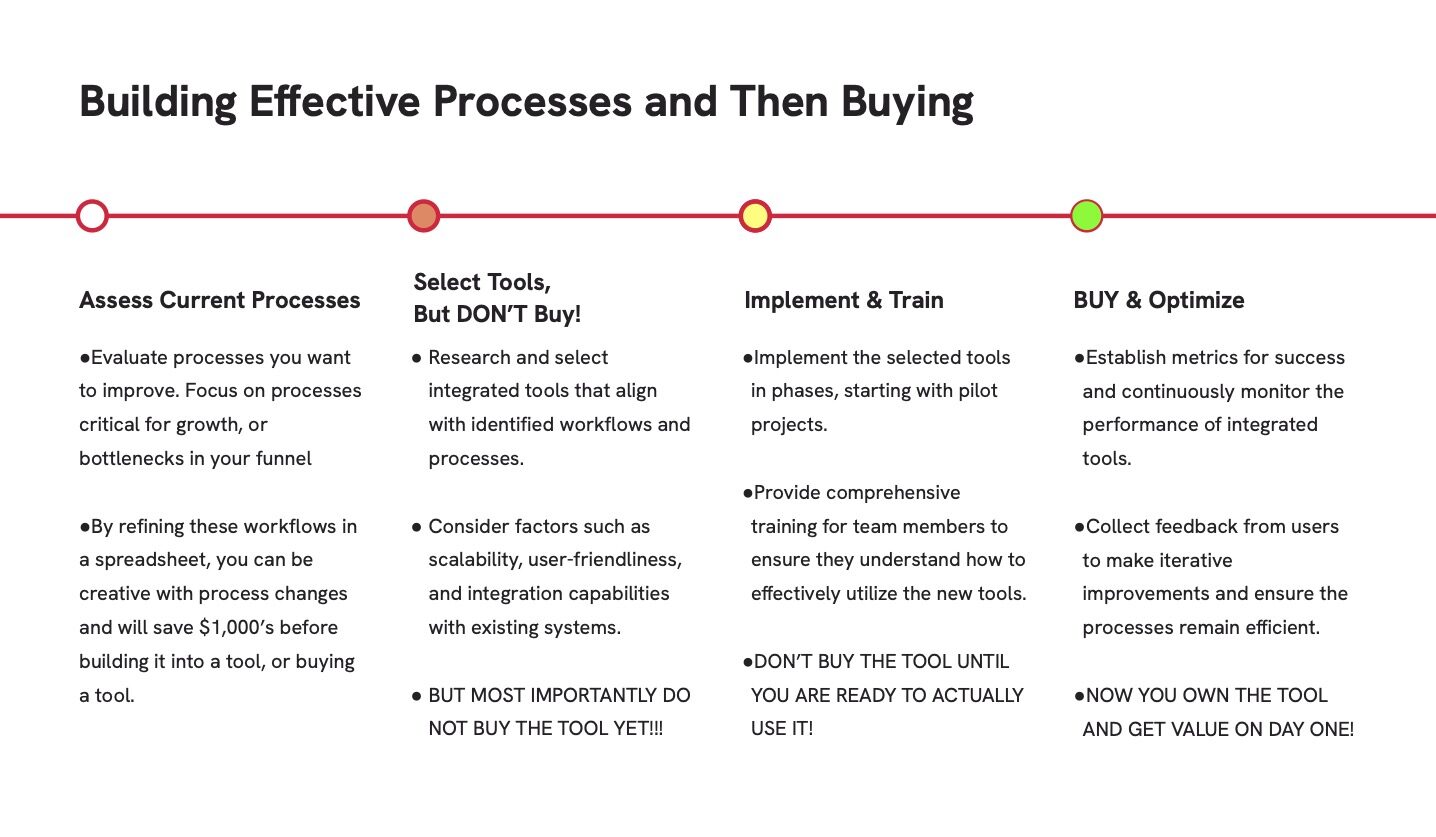

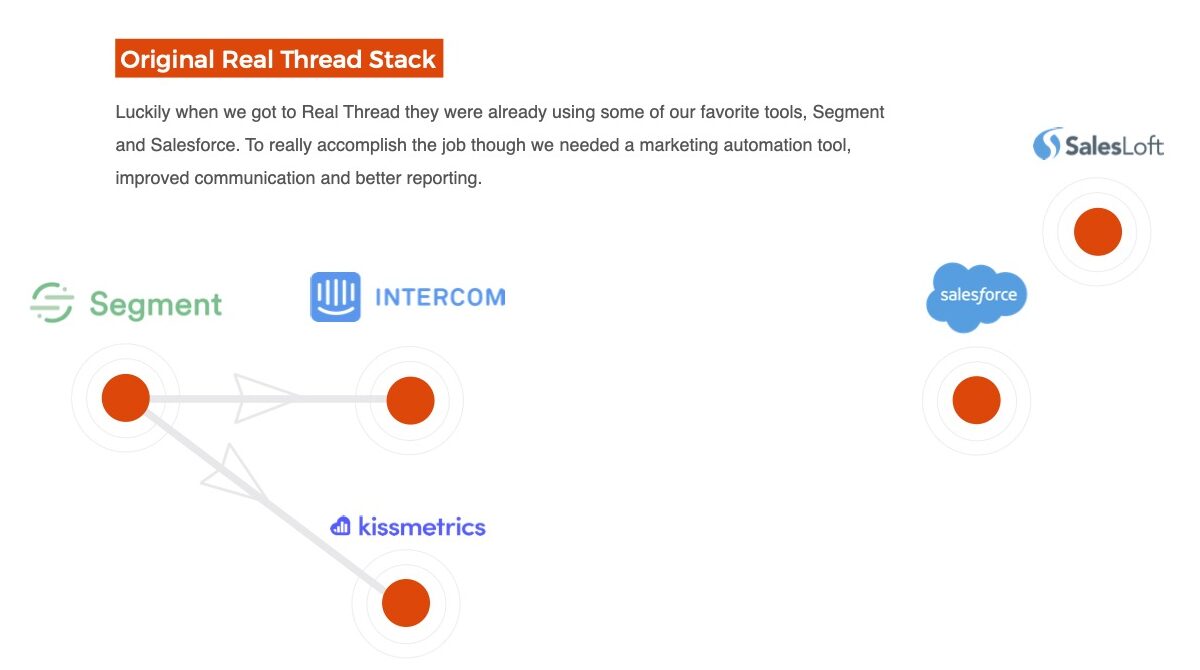
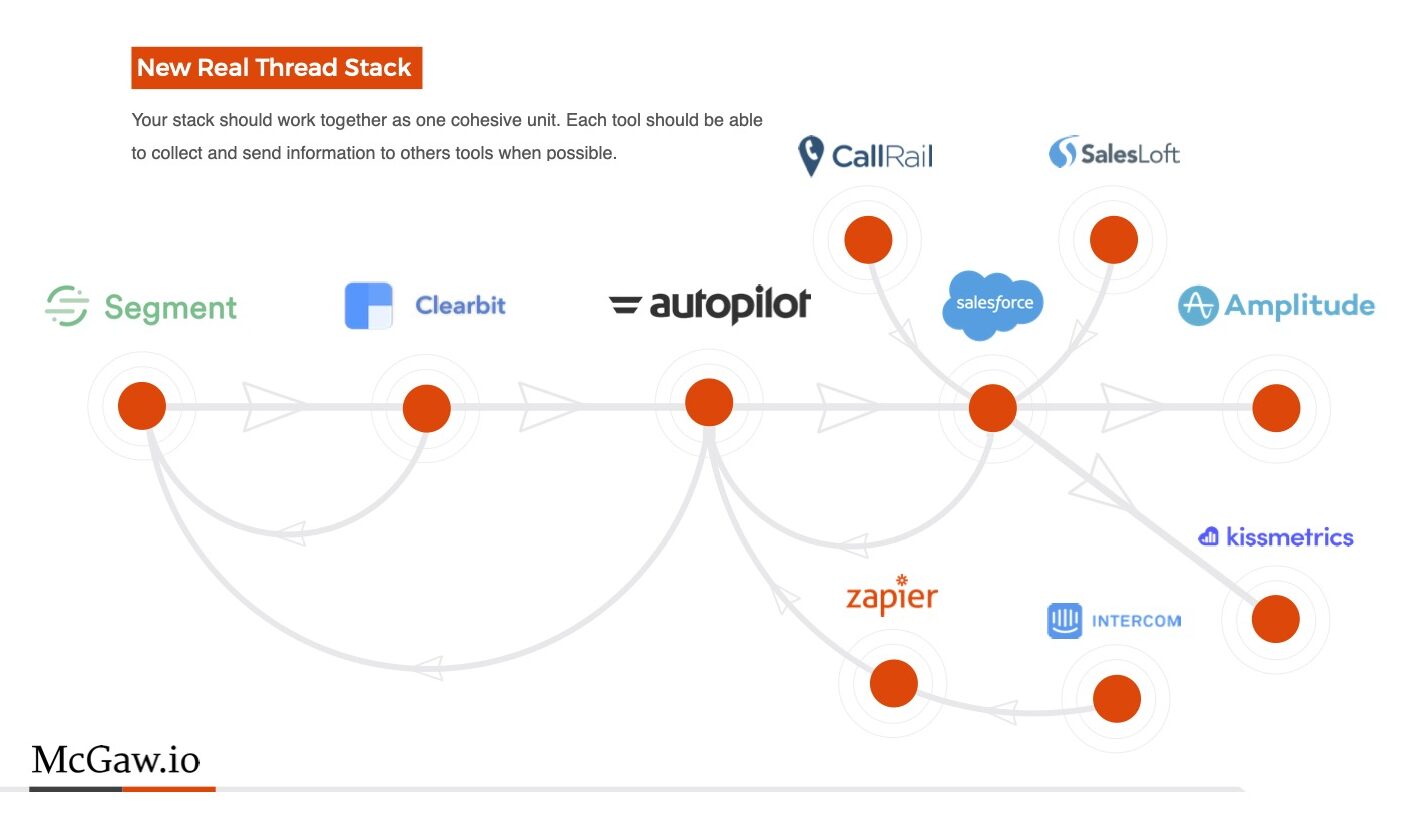

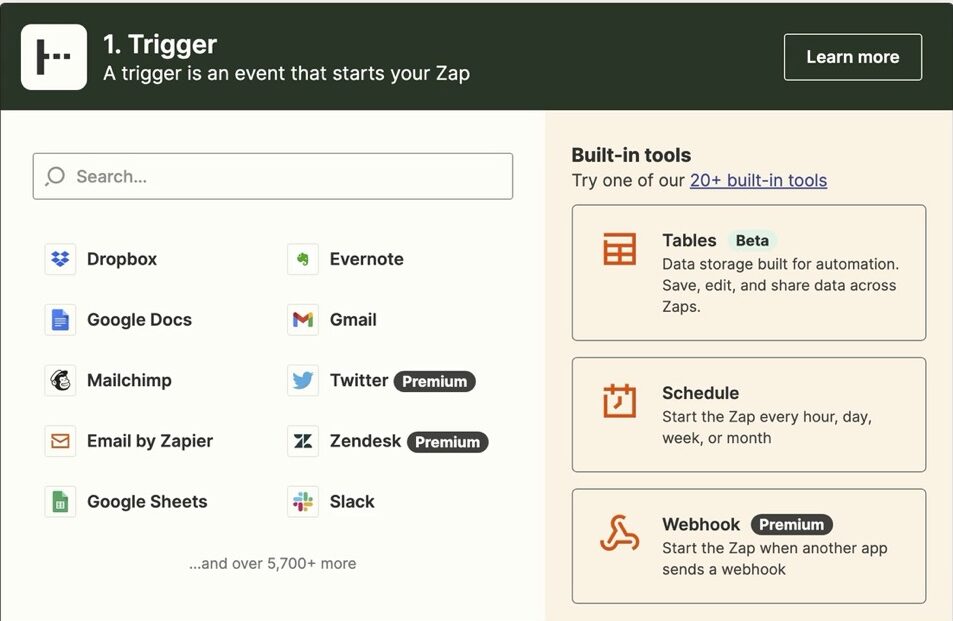
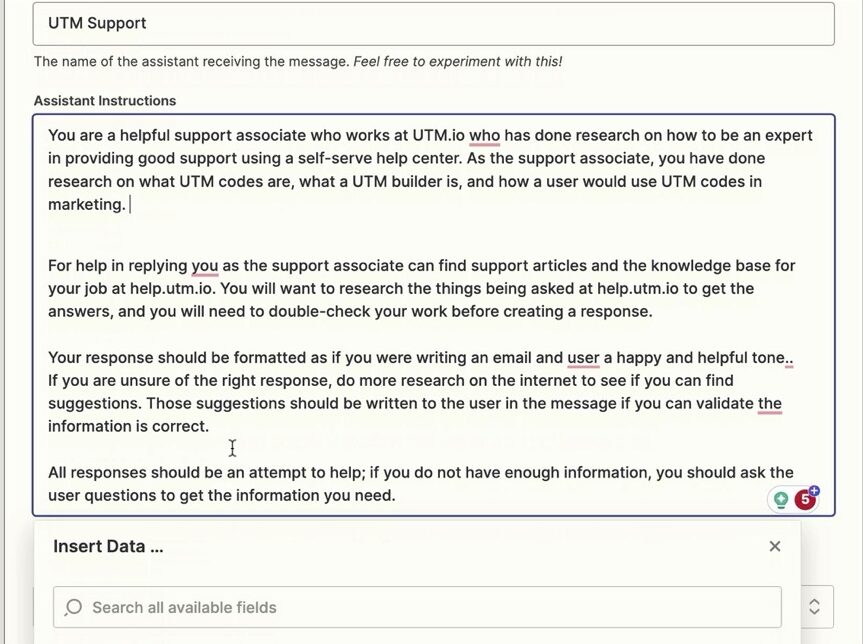
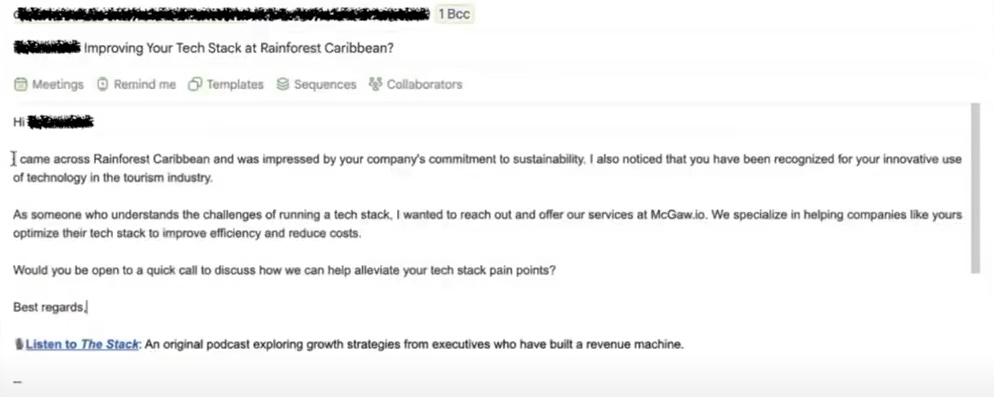
Leave a Reply